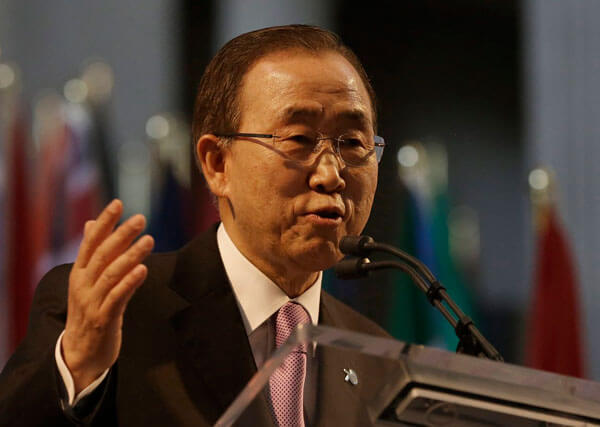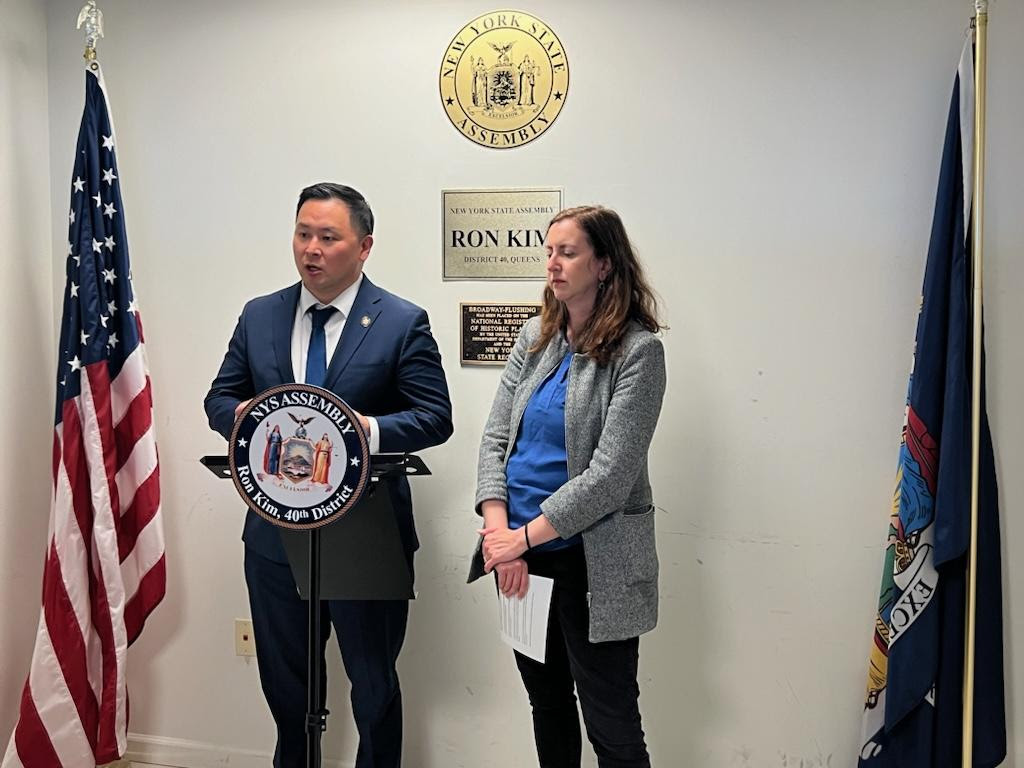On World Diabetes Day on Monday, United Nations Secretary General Ban Ki-moon called for preventative measures to reduce diabetes and associated blindness.
According to the U.N., the global rate of diabetes has nearly quadrupled since 1980, with some 422 million adults living with diabetes as of 2014.
“The disease shortens lives and, if not managed, can cause severe complications such as amputations, strokes or kidney failures,” said Ban in his message. “It has devastating impacts on household budgets and national economies.”
This year, the Secretary-General especially focuses on the fact that diabetes is a leading cause of poor eyesight and blindness worldwide, the U.N. said.
“Because the changes are painless and gradual, people often only realize they have a problem when their eyesight finally begins to fail,” Ban said. “At that point, it can be too late to improve or restore vision.”
He urged people with diabetes to have their eyes examined regularly by trained personnel in order to identify problems and receive advice and treatment.
“If people can control blood glucose levels and blood pressure,” he said, “they can reduce the risk of changes in blood vessels. And even when changes do occur, it is possible to slow down the process with timely treatment.”
The U.N. said the rate of diabetes increases each year, mostly as a result of aging populations and a rise in obesity, and is most prevalent in low and middle-income countries, such as those in the Caribbean.
“On this international day,” Ban said, “let us focus both on prevention and strengthening health services so that everyone who has this debilitating disease can receive the support he or she needs.”
Diabetes is a chronic disease, which occurs when the pancreas does not produce enough insulin, or when the body cannot effectively use the insulin it produces, according to the U.N.
It said this leads to an increased concentration of glucose in the blood (hyperglycaemia).
The U.N. said Type 1 diabetes (previously known as insulin-dependent or childhood-onset diabetes) is characterized by a lack of insulin production.
Type 2 diabetes (formerly called non-insulin-dependent or adult-onset diabetes) is caused by the body’s ineffective use of insulin. It often results from excess body weight and physical inactivity, the U.N. said.
It said gestational diabetes is hyperglycaemia that is first recognized during pregnancy.



























